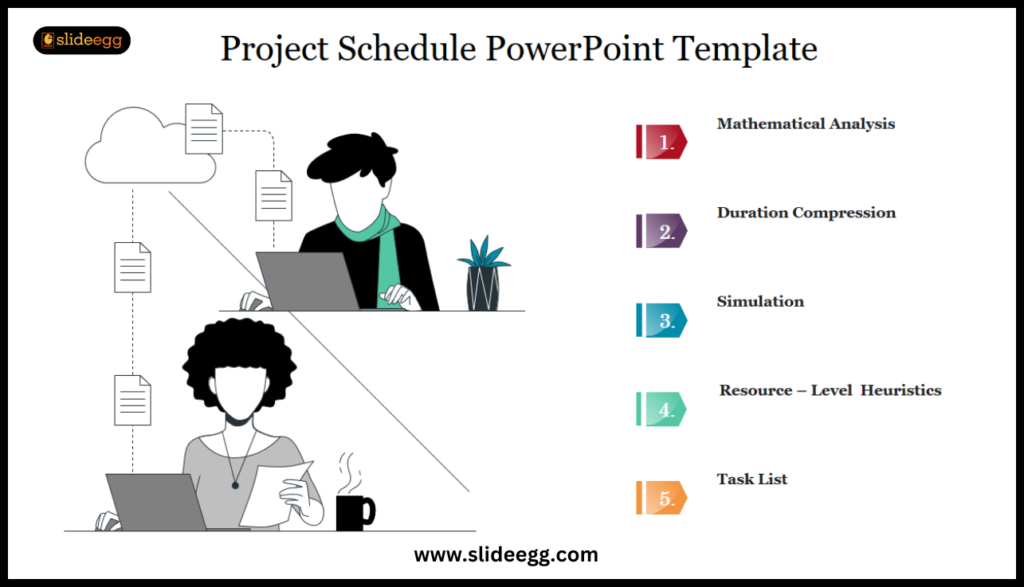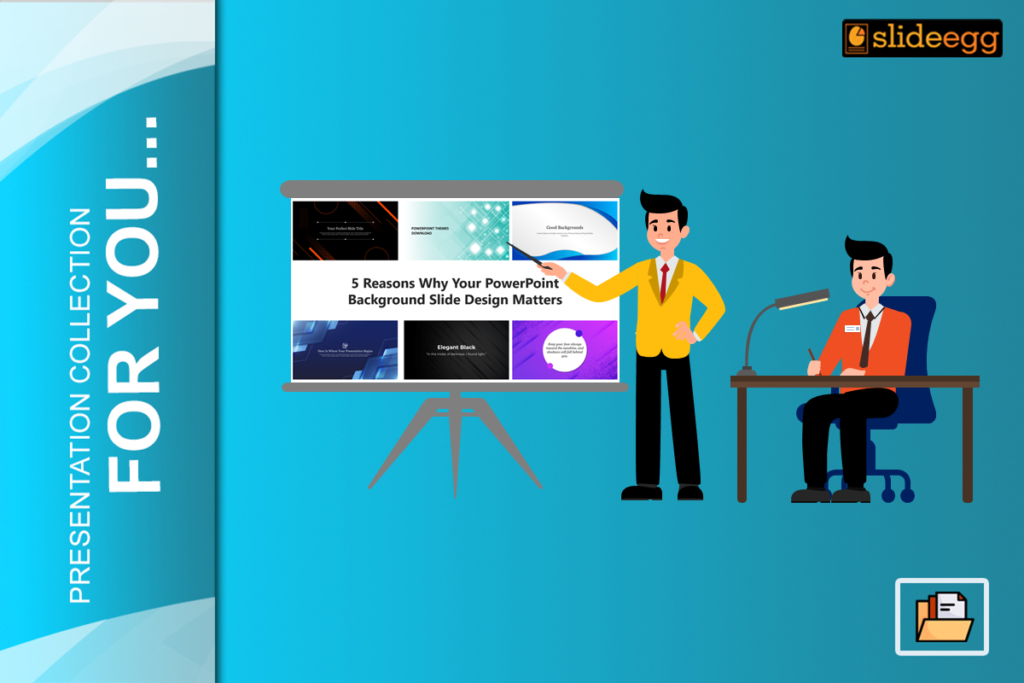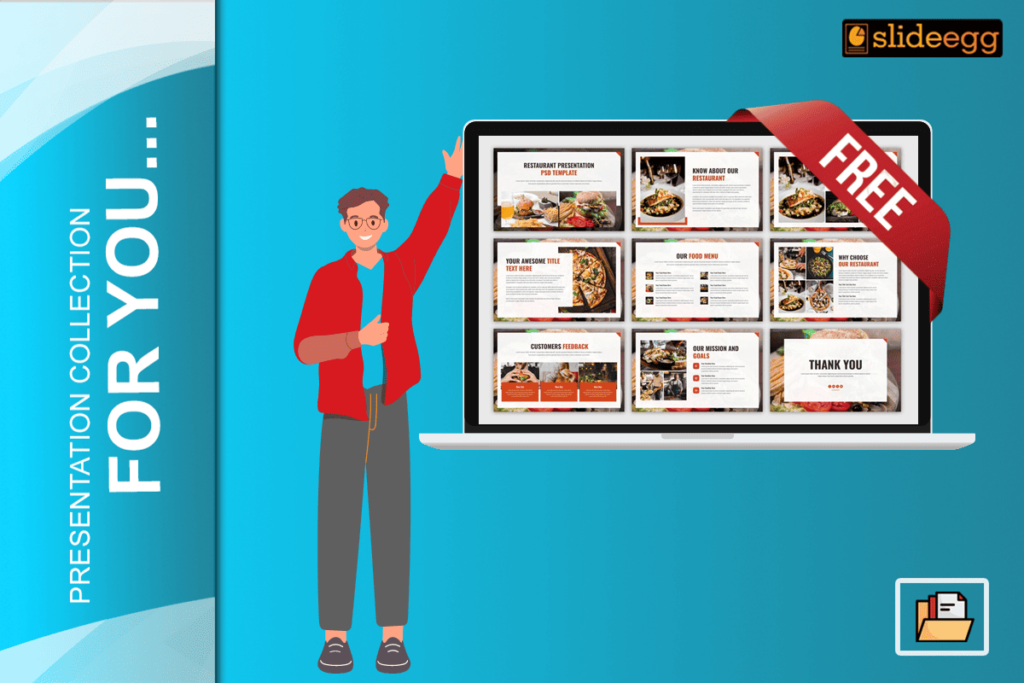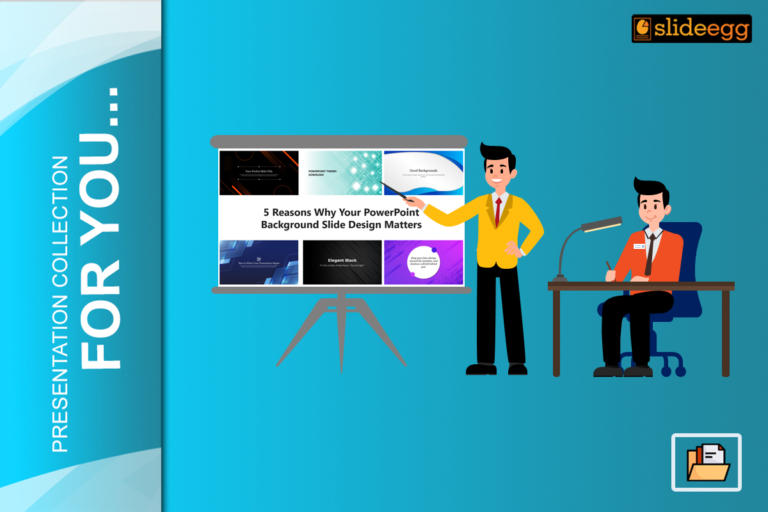Creating a compelling project management presentation is more than just organizing records and putting timelines. It’s about handing over information in a clean, enticing, and strategic manner that resonates with your audience. A powerful presentation can force assignment success, stable stakeholder buy-in, and encourage self-belief in your leadership.
To assist you in reaping this, here are 10 tested suggestions for crafting an effective mission control presentation that stands out.
1. Define clear goals.
Before diving into the info, outline your presentation’s targets. Ask yourself: What do I want my target audience to cast off? Whether you are imparting an assignment notion, development replaces, or final report, defining clean dreams maintains your message-centered and impactful.
2. Know Your Audience
Understanding your audience is prime to delivering a fascinating presentation. Tailor your content and fashion to shape their stage of knowledge. For example, a presentation for senior stakeholders must be conscious of high-stage insights, at the same time as a group-focused presentation would possibly dive deeper into execution details.
3. Structure Your Presentation with a Logical Flow
A properly organised shape is important for any powerful presentation. Start with an introduction that outlines the task scope, followed with the aid of your key factors, and wrap up with a clean end or name to action. This facilitates your target market to observe your narrative without getting lost in the information.
4. Use Visuals to Communicate Data
Project control presentations often involve complex information. Instead of bombarding your target market with text, use visuals like charts, graphs, and timelines to break down records. Visual aids not only make facts more digestible but additionally, keep your target market engaged throughout the presentation.
5. Highlight Key Milestones
When offering an assignment replacement or timeline, focus on highlighting vital milestones. Discussing these touchpoints enables your audience to apprehend the venture’s development and the importance of each section. Use undertaking management templates with Gantt charts or development bars to make milestones stand out visually.
6. Keep slides simple and focused
Avoid overwhelming your target market with cluttered slides. Each slide needs attention on one key concept or point. Use concise bullet factors, clean headings, and a minimal quantity of textual content to preserve the focal point of what you’re announcing, not just what’s on display. A smooth, simple design reinforces clarity and professionalism.
7. Incorporate real-time updates
If viable, include real-time statistics or stay-assignment updates in your presentation. For instance, the usage of software programs that let you demonstrate mission development on the fly can be an effective way to expose your group’s achievements. It provides credibility and facilitates decision-makers to live knowledgeable about modern-day statuses.
8. Tell a Story
Storytelling is a wonderful way to keep your target market engaged. Instead of offering your challenge in a dry, technical manner, craft a story around your facts. For instance, describe the problem your challenge is fixing, provide an explanation for how your strategy addresses it, and paint a picture of fulfilment. A story-pushed method adds emotion and depth, making your message extra relatable and noteworthy.

9. Prepare for Questions and Feedback
One hallmark of an effective assignment management presentation is awaiting questions and comments from your target audience. Before supplying, consider what sorts of questions your stakeholders may also ask. Prepare clean, concise solutions and be geared up to cope with concerns. This not only helps you appear confident but additionally indicates that you’ve thought through each thing of the assignment.
10. End with a Strong Call to Action
Always finish your presentation with a clean, actionable next step. Whether it’s gaining approval for the subsequent segment, soliciting comments, or scheduling observe-up meetings, make sure that your audience is aware of what motion you want them to take. A robust call to action leaves a long-lasting impression and sets the tone for future interactions.
Bonus Tips for a Successful Presentation Delivery:
Practice and Time Your Presentation: Practice your presentation more than once to ensure that you stay within the time limit. This enables you to avoid speeding through key factors and ensures you supply a clean and assured presentation.
Engage Your Audience: Encourage participation by asking questions, soliciting remarks, or incorporating target audience polling during your presentation. Interaction keeps your target audience engaged and ensures they’re actively processing your message.
Use frame language and tone correctly. Nonverbal communication plays a vital role in how your message is acquired. Maintain eye contact, use purposeful gestures, and vary your tone to emphasise key factors and keep your target market’s interest.
Conclusion
Creating a powerful challenge control presentation shouldn’t be overwhelming. By following those 10 confirmed guidelines, you can craft a presentation that is prepared, visually attractive, and attractive.
Remember to outline your goals, shape your content logically, and use visuals to convey information. By focusing on your target audience and turning in a compelling message with clear movement steps, you’ll go away with an enduring effort and make sure your undertaking is effectively fulfilled.
Take the time to prepare very well, anticipate questions, and exercise your delivery. With those techniques, your subsequent mission control presentation will now not only most effectively inform but also encourage confidence and motion amongst your target audience.







